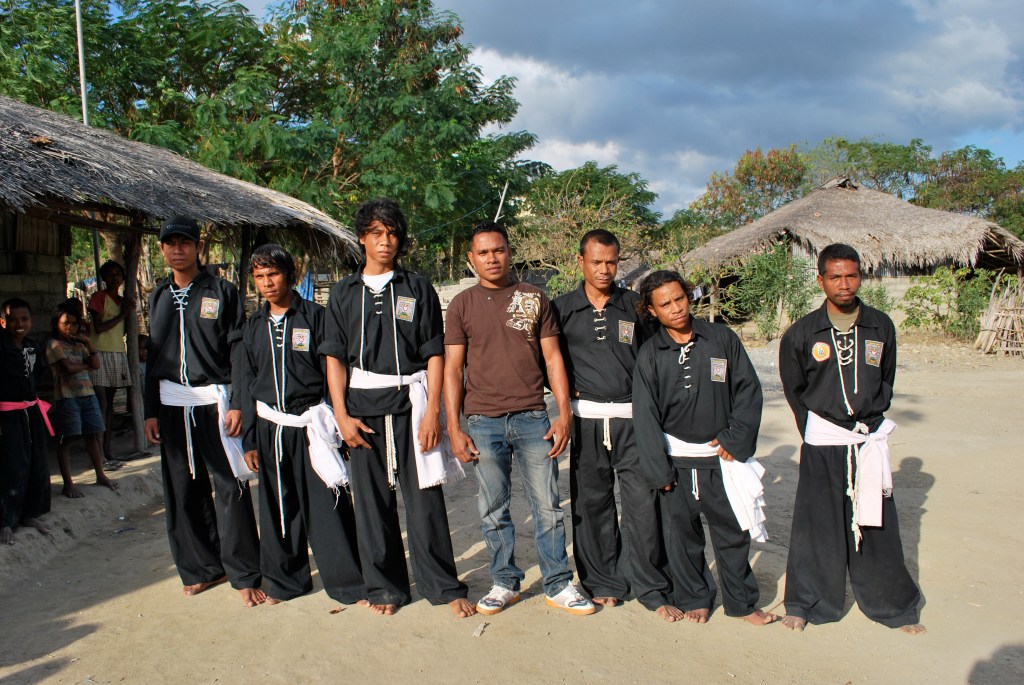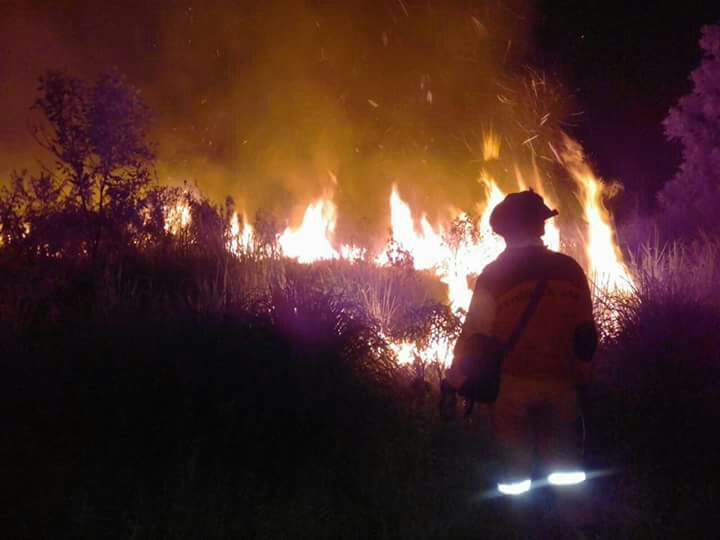Imagining the future in the 1960s
Back when I completed my Diploma in Education our lecturers invited us to think about the knowledge and skill sets embedded in current curricula. We were asked to reflect on just how appropriate they might be for the schools that we were about to enter and the children who were to be educated for the future. I tended to nod in affirmation as they cautioned against mere reproduction of knowledge and skills that reflected past practices. In those days, the late 1960s, there was still time. Yes, I’d heard of the cybernetic revolution that would eventually transform the world of work. Perhaps in my wilder moments I even envisaged schools of the future having some sort of mainframe core with terminals, I new that major libraries were about to digitise their catalogues, accessioning and loans systems. Things were certainly about to change but there was plenty of time and besides I had a world to explore.
Speed reading
Back then work was easy to find. Teaching in schools then pre-dated multiculturalism. Back then the most innovative federally funded initiative was the speed reading system. This was the twilight of the Menzies/Holt/McMahon era and speed reading was one of that government’s educational innovations. No one seemed much concerned that a proportion of students with languages other than English ended up in General Activities (GA) classes and that discipline problems were still addressed using corporal punishment. The rattan cane still had its place as a relevant piece of educational technology, for some.
After a year struggling to teach my junior GA class timetabled for a double period after the school assembly every Thursday, yet while achieving significant success with my other classes, I left the system to travel. In those days leaving Australia often involved a sea voyage. In my case it meant travelling to from Sydney to Fremantle and catching an Austasia Line ship to Singapore. Certainly Jet travel to Europe, my ultimate destination, was an option but prices were kept high by an Australian national airlines policy. Long range passenger jets provided cheap charter flights out of Asian ports like Singapore, KL and Bangkok but the air connection from Australia was expensive. So, approaching Asia by sea was an economical and an exciting prospect.
The Olympus Pen F
My first move in Singapore was to buy an SLR camera. There was a new one on the market, the Olympus Pen F, a half frame 35mm camera with an excellent set of lenses. I’d talked it through with a friend whom I worked with at the University of Sydney Television Service, while a student. This was probably the best camera I’ve ever owned, until the digital era.
Over the next year I travelled through S E Asia and eventually Europe, clicking away. Returning to Australia the following year I’d amassed a significant beginning to what eventually became a vast 35mm slide library. It was an investment in my future as a teacher.

From Fordiographs to the Apple Macintosh
This was still the era of 35mm strip films, coloured slides, weekly 16mm movie orders from Teaching Resources at Burwood, spirit stencils spun off the Fordiograph machine and even agar-agar stencil plates, a technique predating the Fordiograph. Later it was transformed by the Gestetner and a remarkable innovation that allowed us to laser etch copies of newspaper articles from daily newspapers into a stencil placed on a drum. Oh yes, there was also the flood of Overhead Projectors that signalled the Whitlam era. Then there was the emergence of the dry photocopying, what a revolution. I found the cutting and pasting a most satisfying activity and if I was pushed for time there was still the old spirit stencil.
Finally, by the early 1980s the computer labs began to appear. To my mind, as someone who mainly wants to create learning materials, network students and empower them with the opportunities to create ina digital space, the early computers, Micro Bees, Apricots, Apple IIe and so forth were obscure almost pointless machines that seemed to be mainly about manipulating objects on a green screens. Then I discovered Apple Macintosh. About this point I left the system, picking up work here and there as a casal teacher, sometimes working with the Learning Materials Production Centre, something that grew out of the Correspondence school. This body had various incarnations until it was finally absorbed into the Centre for Learning Innovation.
Leaping into Cyberspace
During this period I spent long stretches living in an Indonesian village, and travelling throughout Indonesia at large. When I arrived, in 1984, my village had not long been connected to the electricity grid and had about five telephones for around 13,000 people. Television sets were rather more ubiquitous running to about one per 1000. Over the next 18 years it simply lept into the digiverse.
My house was once an isolated structure on the edge of rice fields with a 3 hour trip to reliable international phone connections and banking. When I left in October 2002, under rather sad circumstances, I had a phone connection and there was an Internet cafe about 200 metres away. When I was there in January this year the area was swimming in WiFi signal and there was an ATM about 100 metres away.
Computer Labs to WAPs
Coming back to Australia things were also moving fast, schools now had established computer labs, mostly PCs working as efficiently as Macs. Still I couldn’t help thinking that this was still grafting digital technology onto the periphery of the curriculum, except where it was the curriculum. Finally there came a day when in the state of New South Wales we had 22,000 wireless access points installed in class rooms and all upper middle school students issued with computers equipped with the latest and most powerful software available for PCs.
It all happened so fast, well at least that’s how it seems to me.
Digital Connections
My reflecting on this, has been stimulated by the writings of two colleagues, Bianca Hewes and Darcy Moore, whom I know principally through digital connections. Having followed their Blogs for a while I’ve come to understand that they’re struggling with some of the same pedagogical issues that confront me. Recently both of them have written opinion pieces on the challenges of teaching and learning in this digital universe. Their posts have caused me to think about the digital universe and its challenge for the teacher and the learner yet again. So, I started to trawl through the digiverse in search of some answers, or perhaps just a more thorough way to caste the problem as I see it. I wondered just how big cyberspace had become and stumbled across this quote:
So that’s big, but just what does this mean. Well I dug a little deeper and encountered a story by Heidi Blake from the UK Telegraph from May of 2010.
Quoting from the The IDC Report. She wrote
One zettabyte is equal to one million terabytes, or 1,000,000,000,000,000,000,000 individual bytes.
I know that this means it’s big, but I can’t quite grasp it. Dig a little deeper, I thought. So I discovered these facts:
So that’s big and it’s all been so rapid and it’s transforming the world that all of us are in, even that of my once sleepy Indonesian village.
Back at School
For some time now I’ve been systematically introducing my students to blogging; creating learning experiences using simple techniques such as the Laptop Wrap format; encouraging students to chat, to reflect and to discuss things using tools like Edmodo; regularly posting assignments and homework activities to Edmodo; setting group tasks that require Internet based research; building a library of resources on Moodle; reframing simple tasks using digital tools like Hot Potatoes; encouraging colleagues to include digital components in assessment tasks; redesigning my class room layout so I’m not the centre of attention. My pedagogy has been progressively digitised.
Unfortunately not all colleagues are as passionate about this change as the way of bringing contemporaneity and relevance to the class room. Students frequently forget to bring computers to class because, as they say, on a given day mine is the only one requiring computers.
More recently some of my more gifted sudents have expressed concerns that I’m not preparing them for the School Certificate because they aren’t practising their writing by making notes in books. I explain to them that they’re acquiring an entirely new tool kit of digital tools, that digital literacy will be invaluable in their world. I’ve also made a point of including at least one pen and paper writing task in each digital project that I build.
Overtime more and more colleagues have been adopting digital tools in their pedagogy. Certainly younger teachers are rapid adopters, yet I fear that despite the 22,000 WAPs in NSW secondary schools the groundswell of adoption amongst colleagues is more like a ripple than a tsunami. I’m optimistic that the tide will rise but I do feel quite impatient at times.





Leave a comment